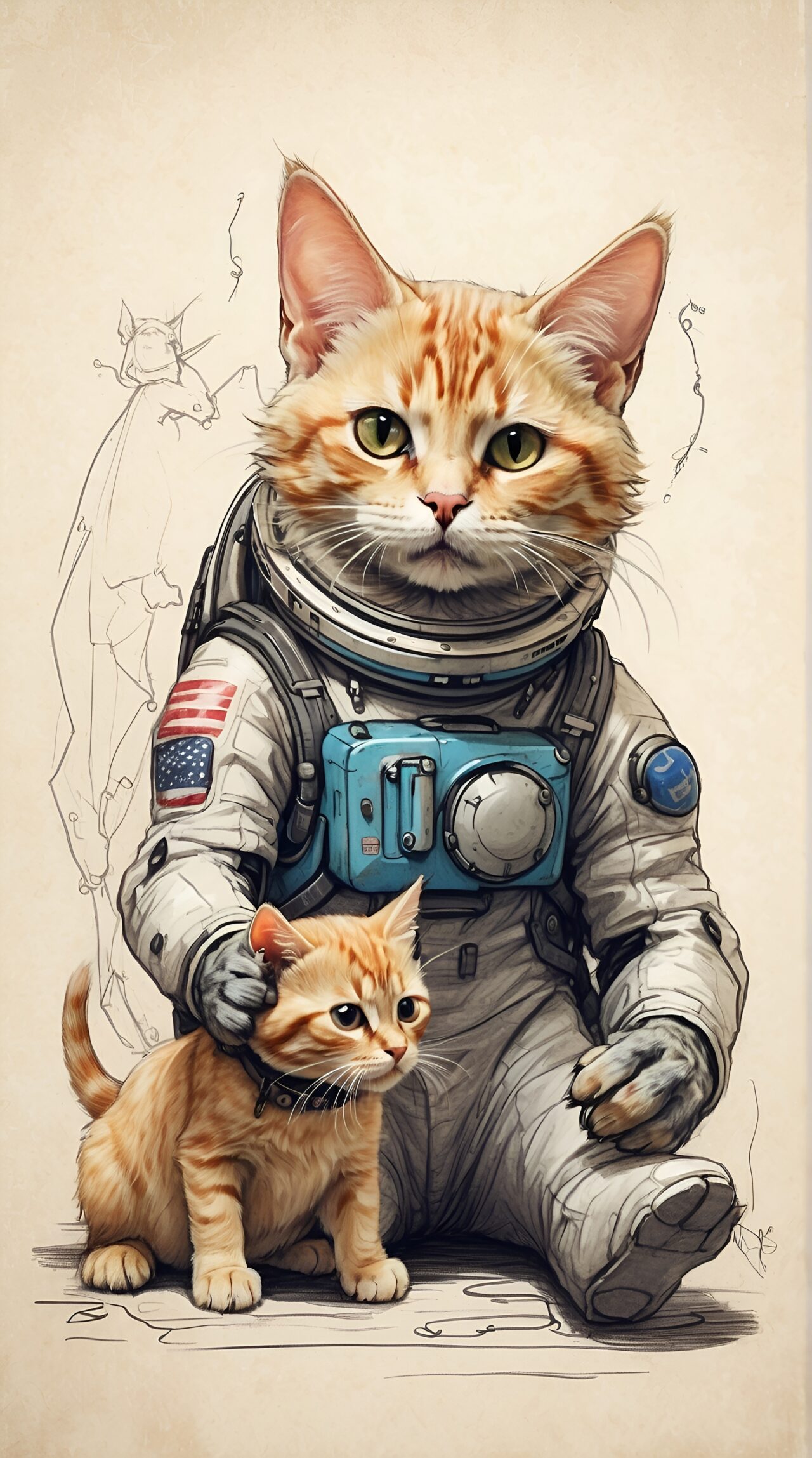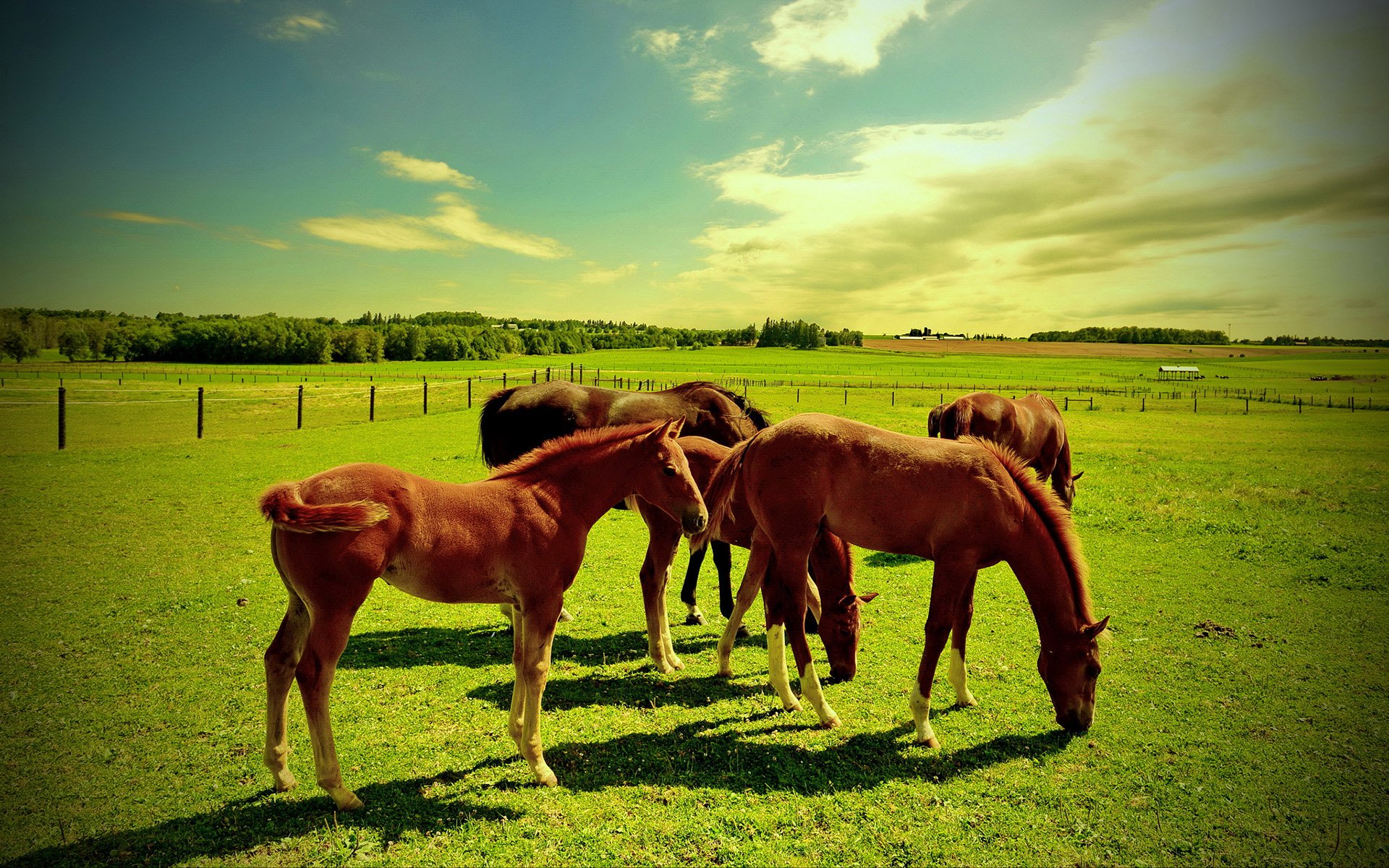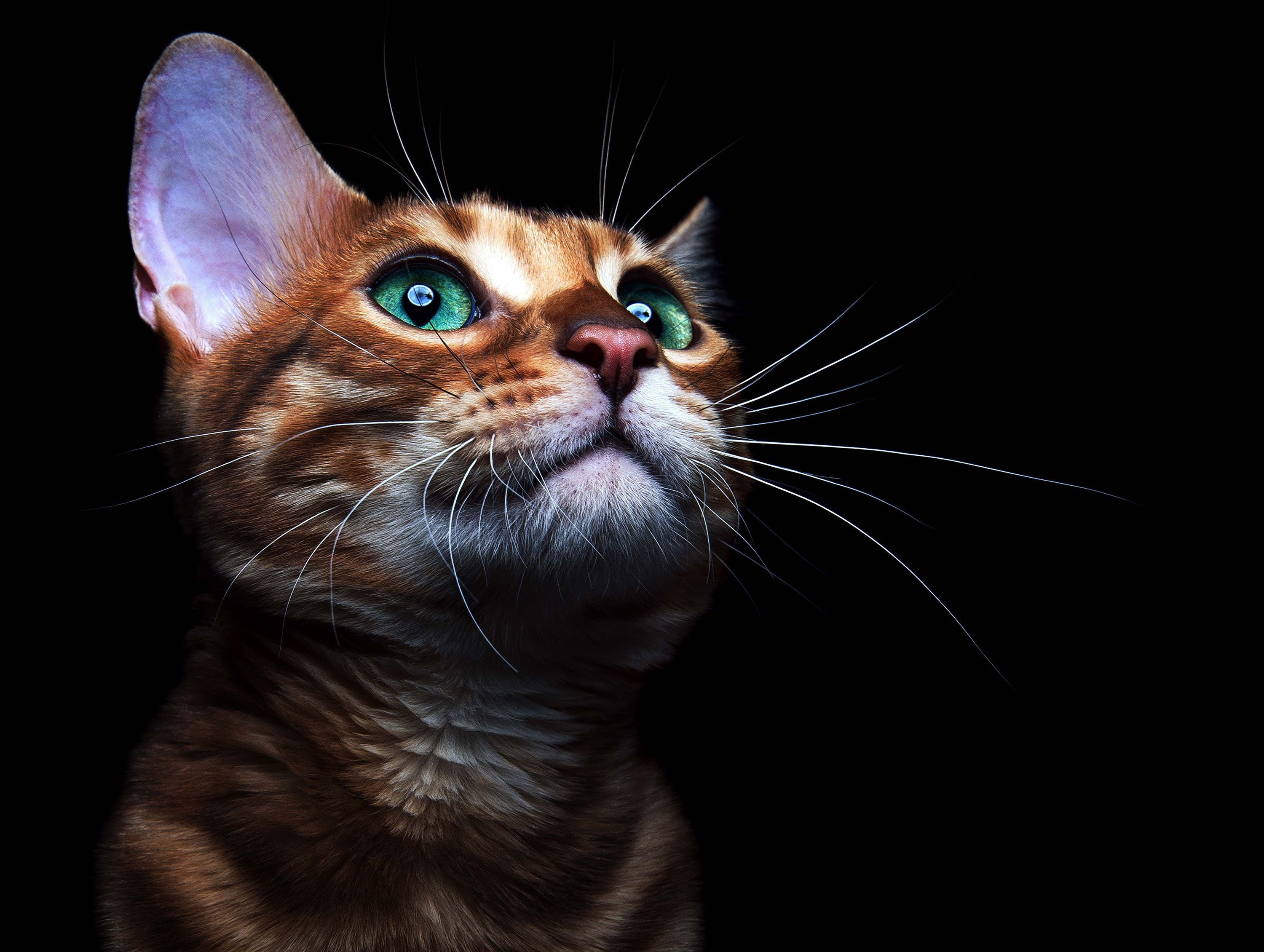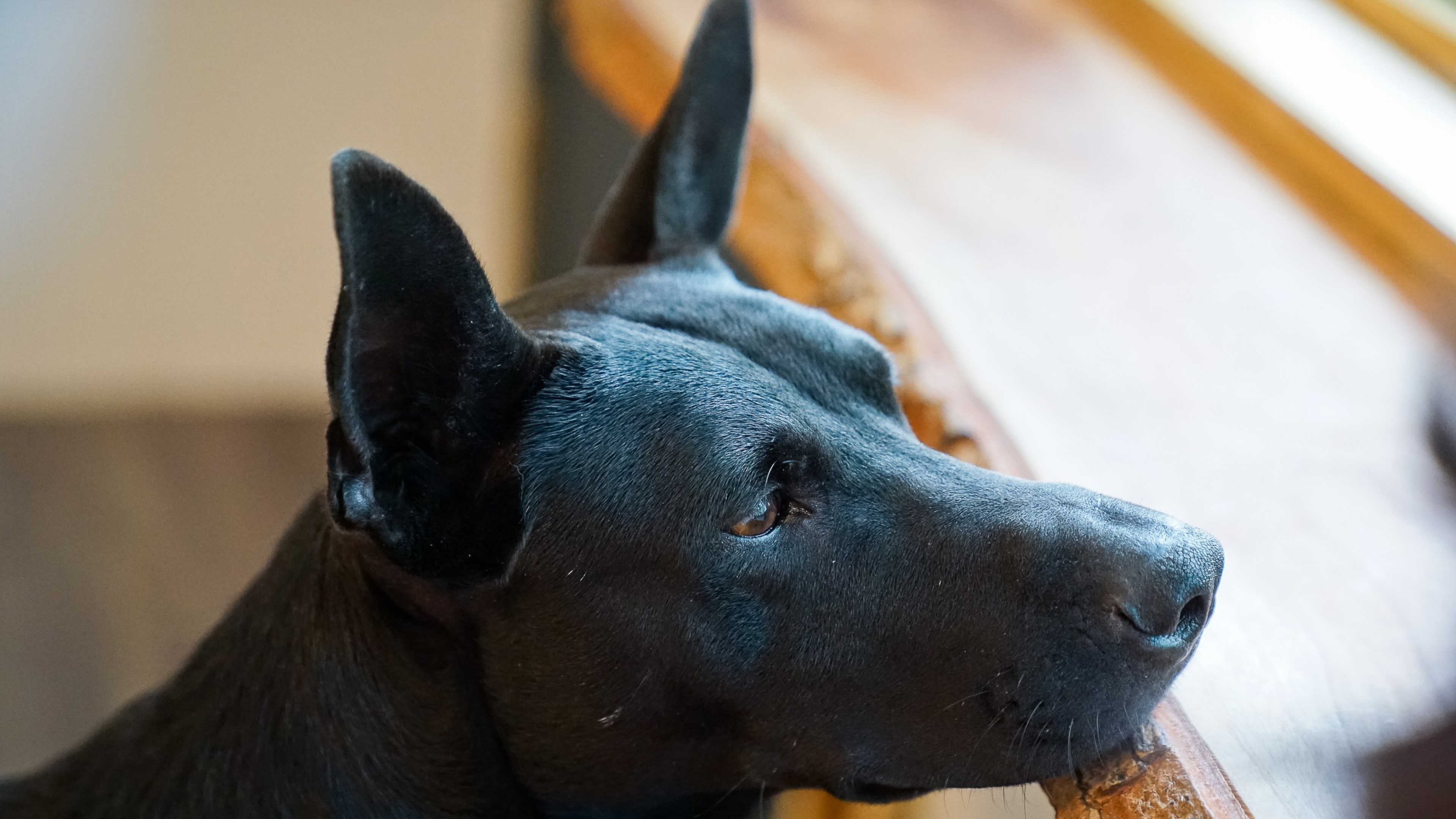The first cat in space was named Félix. Félix, a black and white cat, was sent into space by the French space agency CNES (Centre National d’Études Spatiales) on October 18, 1963, aboard a suborbital flight on a French sounding rocket called C-151. The purpose of this mission, known as C-151, was to study the effects of weightlessness on living organisms. Félix experienced a few minutes of weightlessness during the flight and was safely recovered afterward. While Félix was the first cat in space, it’s important to note that animals were often used in early space exploration to gather information about the effects of space travel on living organisms.
Certainly! Félix’s space mission, also known as the C-151 flight, was part of France’s biological research program in space. The goal was to study the physiological and biological effects of space travel on living organisms. Félix was equipped with electrodes to measure neural impulses, and the data collected during the brief suborbital flight aimed to provide insights into how weightlessness affected a living organism’s nervous system.
The C-151 mission lasted about 15 minutes, during which Félix experienced a few minutes of microgravity. The sounding rocket reached an altitude of approximately 157 kilometers (about 97 miles) during its flight.
After the mission, Félix was safely recovered, and the data collected were analyzed to better understand the impact of space travel on a living organism’s physiology. Félix’s journey contributed to the early stages of space medicine research.
It’s worth noting that the use of animals in early space exploration was a common practice by various space agencies. These missions helped scientists and researchers gather valuable information about the potential challenges and effects of space travel on living organisms, paving the way for human spaceflight.




